Description
Publication date: 2001
Editorial
Sébastien Marot
Read moreThis sixth issue of Le Visiteur has been generously co-sponsored by the Direction de l’architecture et du patrimoine (Department of Architecture and Cultural Heritage) of the French Ministry of Culture, in preparation for the “Rendez-vous de l’architecture” to take place on November 15-18, 2000 at the Grande Halle de La Villette in Paris. Its contents have been determined by the ambition to foster and promote these encounters which – under the semi-metaphorical title of “Transforma(c)tions” – aim at debating the creation of cities and urban areas in France and in Europe.
With a view to presenting an inventory or overview of the current situation, we have assembled critical analyses of sites, essays and interviews, which stem from three different forms – literature, historical criticism and photography.
The contributions which open this issue are literary. Their authors either seek to “envelop a reality more or less patiently in its site” (Jacques Réda), or attempt to extrapolate a large sample of humanity from the microcosm of a tiny area observed in the here and now (Jean Rolin, Marc Armengaud). The theme of the increasingly uncertain limits between cities, suburbs and the countryside is common to the three profiles and also appears in the site analysis which Eric Lapierre devotes to that ambiguous territory, the plain of Montesson. His text combines descriptive with historiographic observation and thus constitutes a transition to the documents which come next.
These are frankly texts of historical criticism. In contrast to the preceding texts, which are all located in France, the texts which make up this second category of document refer to metropolitan areas in disparate parts of Europe: from the extraordinary Dutch Randstad (Ed Taverne) to the Swiss “hypercity” (André Corboz) and including the debates on architecture and urban planning that arc taking place today in ancient capitals like Rome (Francesco Garofalo) and less ancient ones like Berlin (Gaëlle Pinson). Whether they are attempting to set forth perspectives or concepts to grasp the present-day reality more readily, or to meditate on their absence, or on the contrary to expose the blindness of certain projects to that reality, these four essays taken together touch on the essential themes common to the debate on the architecture of cities in Europe and elsewhere today.
As for photography, which is the instrument of investigation and virtually the subject of two of the three final contributions in this issue (Mikaël Levin and Gricha Bourbouze), it is also present in the counterpoints it provides for other texts thanks to Emmanuel Pinard’s images of the plain of Montesson and Patrick Faigenbaum’s of Boulevard Ney.
The article by Soline Nivet devoted to the critical analysis of the phantasmal images private developers regularly raise on the landscape of construction sites does not fit conveniently into any one category of document. But as some of the other articles show, the distinctions between categories of documents are sometimes as hard to draw as the limits between different forms of landscape. Another form is seeking to emerge. This search is the reason for Le Visiteur.
With our hopes that this issue will contribute effectively to the new session of the Conference on Architecture, Le Visiteur wishes to thank the Department of Architecture and Cultural Heritage for its support, Yves Lion for his initiative in promoting this cooperative undertaking, and Carole Alexandre for facilitating its outcome.
Finally, we would like to inform our readers that from this date onward the review will come out every six months, in November and June, and that a website is open at the following address: <www.levisiteur.com>. It is also accessible through the website of the Société française des architectes: <www.sfarchi.org>.
Translated from the French by Anne Guy
Surroundings and appearances
Jacques Réda
Read moreBeginning of the article…
Sébastien Marot: In one of the many books inspired by your Parisian wanderings, you compare yourself to a “vagabond antenna that the town moves around through the range of its stats.” Can you tell me what images come to mind nowadays when you try – or simply happen – to picture Paris?
Marshal Ney’s chapel of rest
Jean Rolin (avec des photos de Patrick Faigenbaum)
Read moreBeginning of the article…
The project I have been working on for several months centres on part of the old Paris ring-road – the boulevard extérieur, otherwise known as the Boulevard des Maréchaux.[1] The section that interests me lies between the Porte de Saint Ouen and the Porte de Pantin. Why did I choose this territory? For several reasons, most of which I have forgotten. One of them is that I have a soft spot for Maréchal Ney, and a section of the Boulevard des Maréchaux bearing his name is located there. My fondness for Maréchal Ney, combined with my interest in the north-east edge of Paris: I knew that if I was ever to write about Ney, it would be from the point of view of the eponymous boulevard – and, in a way, I am also trying to write about the boulevard from the point of view of Maréchal Ney.
[1] The old Paris ring-road or Boulevard extérieur replaced the military access road which encircled the city inside the defensive ramparts, which were built in 1840-1845 but declared redundant and demolished in the wake of the First World War. The ring-road so created for civilian purposes came to be known as the Boulevard des Maréchaux because sections of it were named after military men (most of them marshals, but also some admirals). In the 1960s, a second concentric ring-road, the Périphérique, was built – Charlotte Ellis.
A boundary passes through my garden
Elegy on a theme of functional schizophrenia in an ambiguous setting
Marc B. Armengaud
Read moreBeginning of the article…
Where does this garden hold forth? While greeting visitors curious about where Auvergne begins, my father, and my grandfather before him, and myself now included would say, Why, it is here! The border between the Bourbonnais and Auvergne lies here. And so it does, perched upon a hill overlooking a patchwork of fields that stretches all the way to the distant volcanoes, we observe the origins of Auvergne from where we stand. Voila, the ineluctable fact of the visual.
The Montesson plain – agricultural zone closed to development
Éric Lapierre & Emmanuel Pinard
Read moreBeginning of the article…
There, in the middle of nothing, is an upside down “Y” figure. It crosses the thick orange line that runs horizontally over the white surface, before partially disappearing underneath the last “N” in Montesson.
Randstadt Holland
Horizons of a diffuse city
Ed Taverne
Read moreBeginning of the article…
In his book The World Cities (1966), the British geographer Peter Hall calls the Randstad one of the world’s strangest agglomerations. He puts its strangeness down to two specific attributes. First, the Randstad has no centre. It consists of a ring of cities around a relatively open and extensive central area. The urban ring has a diameter of almost 80 km! The second striking feature of the Randstad is that it has a multinuclear structure and is built up of series of urban centres which have little or no hierarchical bearing on each other. Morphologically speaking, the Randstad can best be described as an inverted metropolis, the perfect example of a “ville sans agglomeration,” unparalleled in the world.[1] And yet – and this is its third characteristic – the existence of the Randstad is persistently disputed in the Netherlands, by politicians, geographers and architects alike. And their reluctance to speak of the Randstad as a metropolis is reflected in its discontinuous spatial structure.
[1] P. Hall, “Randstad Holland,” in Zeven Wereldsteden, The Hague 1966, p. 95 (orig.: World Cities, London 1966); H.F.L. Ottens, Het Groene Hart binnen de Randstad. Een beeld van de suburnisatie in West-Nederland, Assen/Amsterdam 1976; see for the theme of the “ville sans agglomération”: B. Fortier, “La città senza agglomerazione,” in: Casabella no. 599 (1993), pp. 42-47.
Switzerland as a hypercity
André Corboz
Read moreBeginning of the article…
For most Helvetians, Switzerland still remains an agricultural country, inhabited by a population that is close to “nature.” Mountains, lakes, herds, fields and vineyards constitute the very essence of the landscape. Although it is clear that there are certain exceptions to this fundamental reality (cities, industry, railways, motorways, etc), they do not compromise the myth.
Critical reconstruction in Berlin
Between form and ideology
Gaëlle Pinson
Read moreBeginning of the article…
By “critical reconstruction” is meant the theoretical context of the architectural and town planning projects developed and put into practice in Berlin after the fall of the Wall. It has become, since this period, the object of vehement debate, the implications of which would appear to go beyond the domain solely of architecture and town planning. Invoked as a guiding principle in the development of projects, “critical reconstruction” shows it has other facets: the approach adopted by a profession in the process of being reunified in late 1989, a framework for controlling investors, a vehicle for imposing West German ideology, and even a means for legitimate destruction from 1996 onwards.
Letter from Rome
Francesco Garofalo
Read moreBeginning of the article…
What is really going on in the Rome of the year 2000? Nobody seems to know. Quantities of planning schemes and still more building projects keep appearing against a backdrop of vague, generalised urban intentions.[1] Any consensual vision of Rome, its architecture or its planning has ceased to exist. Before trying to determine whether this state of affairs is good, bad or merely inevitable, it is worth noting the architectural community is largely responsible, in that architects have been so busy leaping at the opportunities presented by the upturn they simply have not had time to appreciate what is going on in the city as a whole. Prompted by this observation, the present article seeks to pick up on a broken thread, to define as concisely as possible a workable framework for a Rome-wide project and, lastly, to suggest how the current situation might be addressed by constructive criticism.
[1] In this respect, the Jubilee 2000 program marked an entirely new departure in the field of urban design: the flexible compendium of projects. In the three-year run-up to the Jubilee, this compendium initially comprised a small number of major projects, such as the underground railway and the Castel Sant’Angelo underpass. Then an extensive series of interventions, street improvements and restoration work was added. As time went by, difficulties in implementing all these projects resulted in the compendium being reduced again. Even so, a substantial number of the projects were, in fact, implemented.
Common Places
Mikaël Levin
Read moreBeginning of the article…
Luc Baboulet: Stilled by the photograph are ordinary scenes, separated from the flow of time, from the everyday. These are not surprises, shocks, tragedies; what you photographs is the “common” – scenes common in their ordinariness, but also common to each other.
Not a cloud in sight…
Soline Nivet
Read moreBeginning of the article…
Not a cloud in sight, the sky is azure blue. A pale yellow building can be seen in the middle of a glade, through the dense foliage of long-established trees. Some good-looking young couples seem destined to saunter aimlessly in front of it. A young woman waves to you; she is wearing sunglasses and is about to get into a brand-new small car. Flowers abound. Climbing and hanging plants are much in evidence on balconies, which boast parasols. But these balconies are devoid of people. Nor is anyone to be seen in the entrance hall or at any of the windows. The street is quiet, so quiet you begin to think it seems a bit empty. Unable to see any neighbouring buildings because of the dense verdure framing your field of vision, you begin to look around uneasily for a clue – a street name, a sign-board, a number – to get your bearings. In vain.
A scattered look
Samples from the Parisian suburbs
Gricha Bourbouze
Read moreBeginning of the article…
Going from one grandparent’s to the other’s, I often went through the Parisian suburbs, if only by train or by car: Garges-lès-Gonesses/Vert-le-Petit. I’d go from the “new town” to the country, and at the time it was merely a wider sky, a cleared horizon, and an inaccessible multitude. The suburbs were distinctly apart from Paris, city of hidden singularity, where architecture is treated to its own representation, where each facade is the mirror of a dream of civility, of an (ever-changing) identity. For years the suburban town appeared to me like a foreign city, fantasised, revealed in bits and pieces; a damaged city, with zigzagging high-voltage cables perched upon unlikely steel monsters. Outside of Paris, therefore, my gaze fixed itself upon a city that was open.

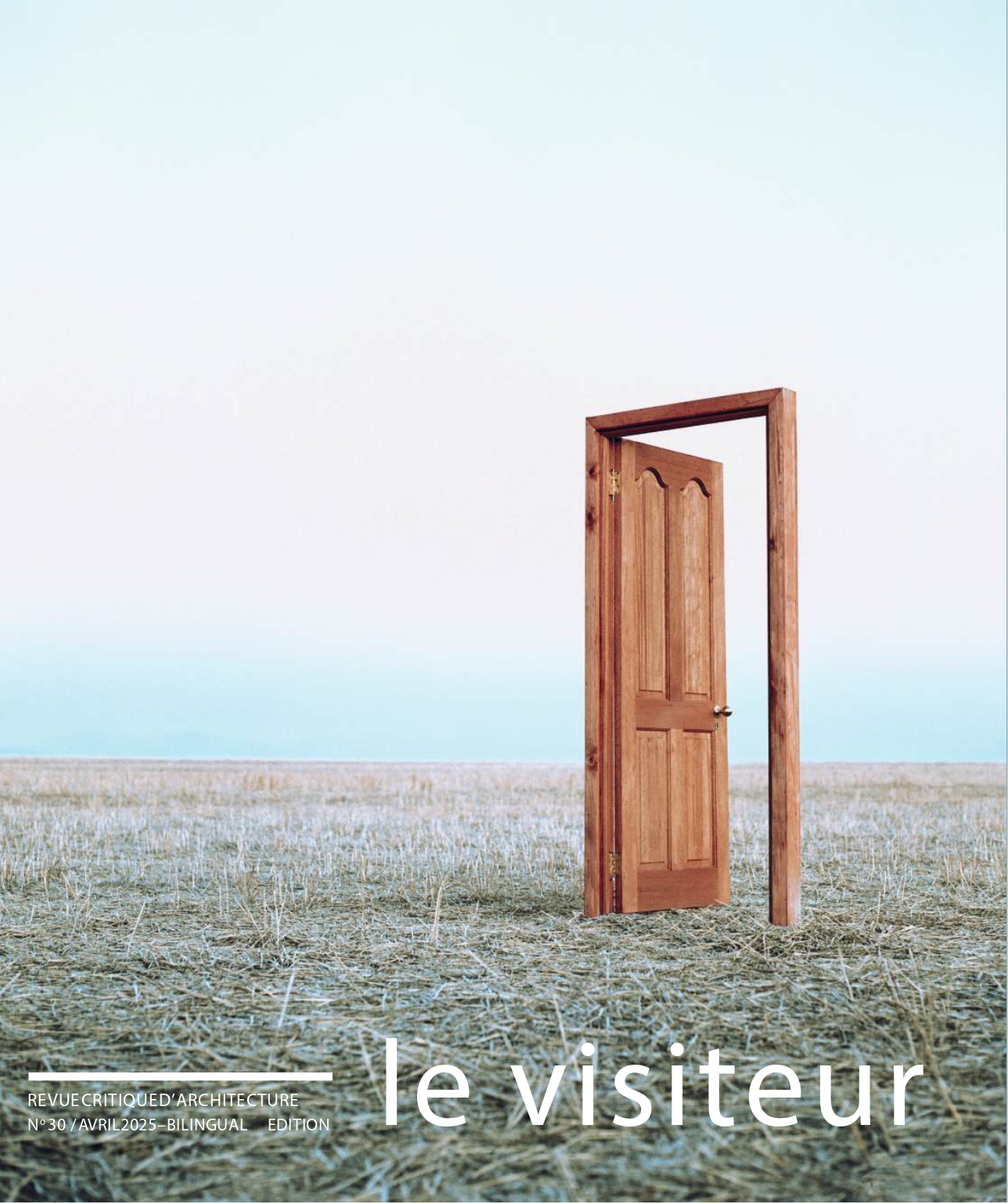
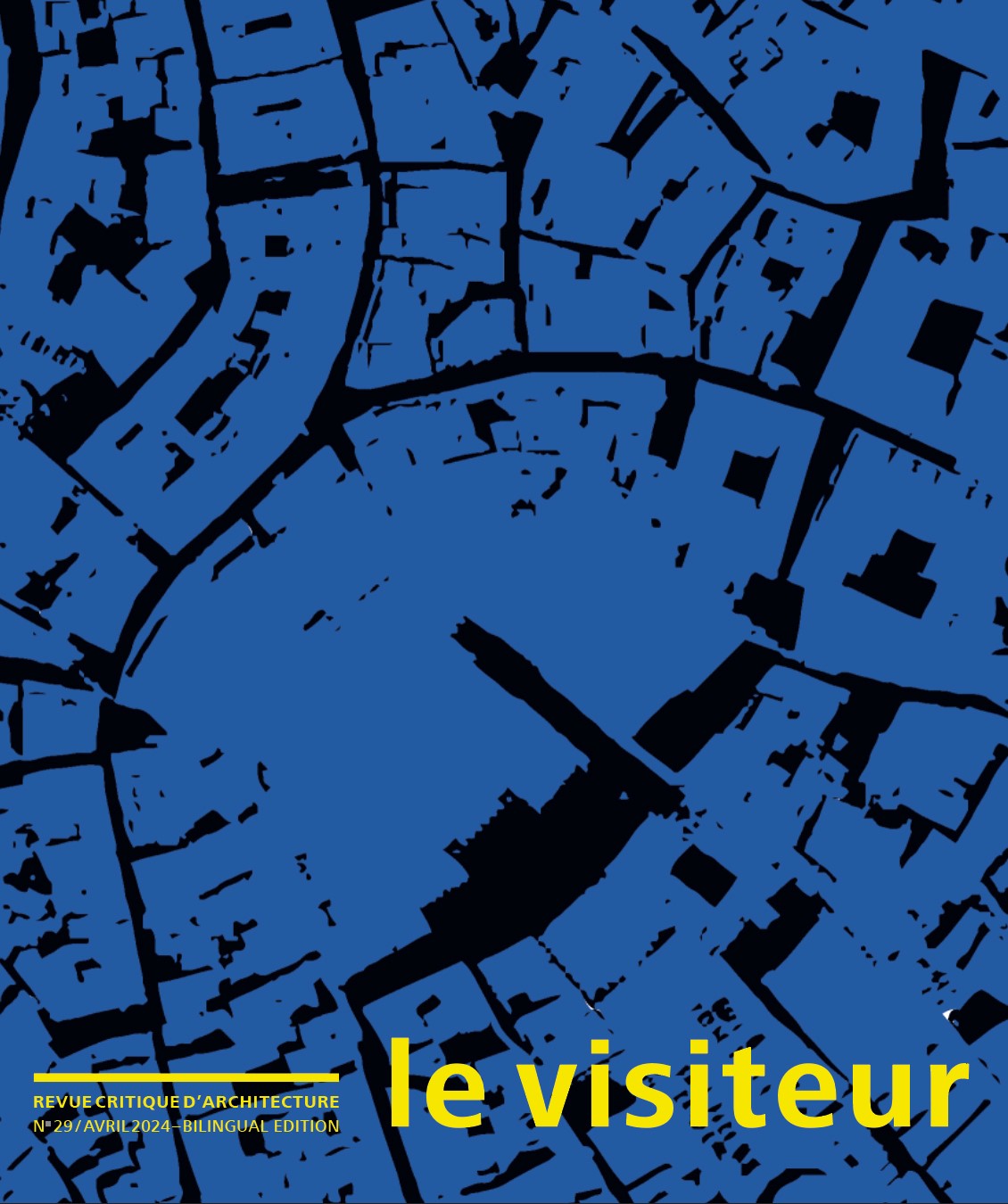
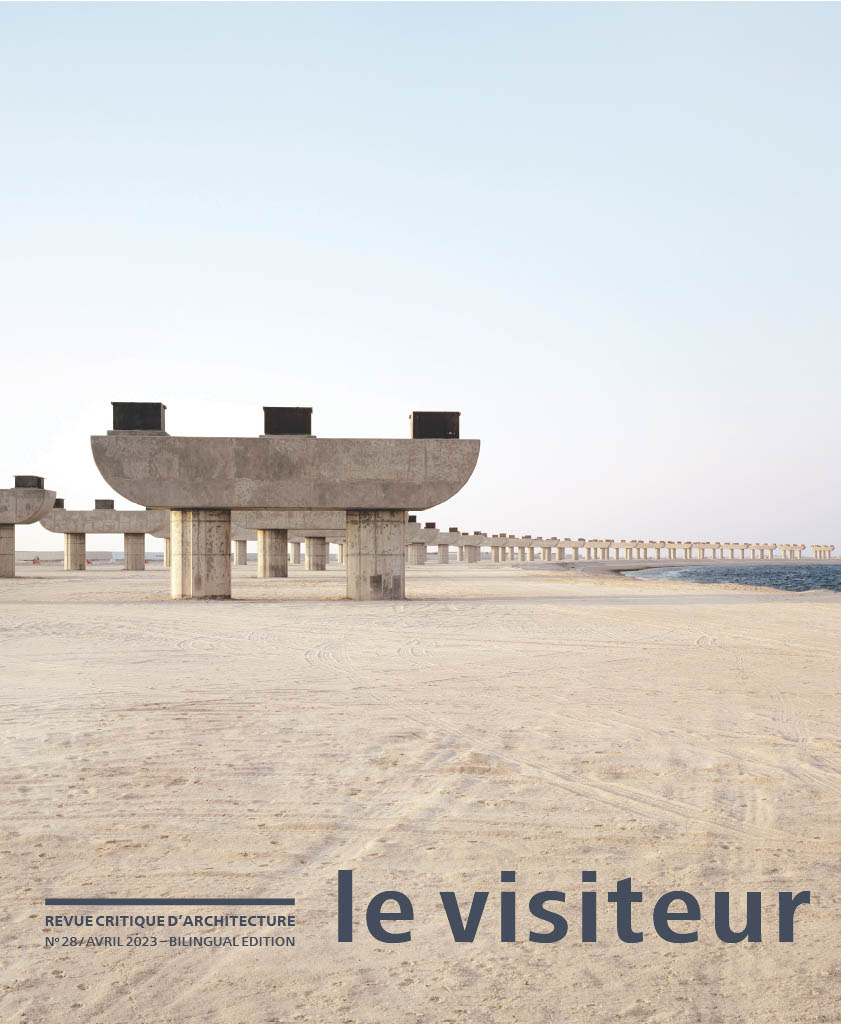
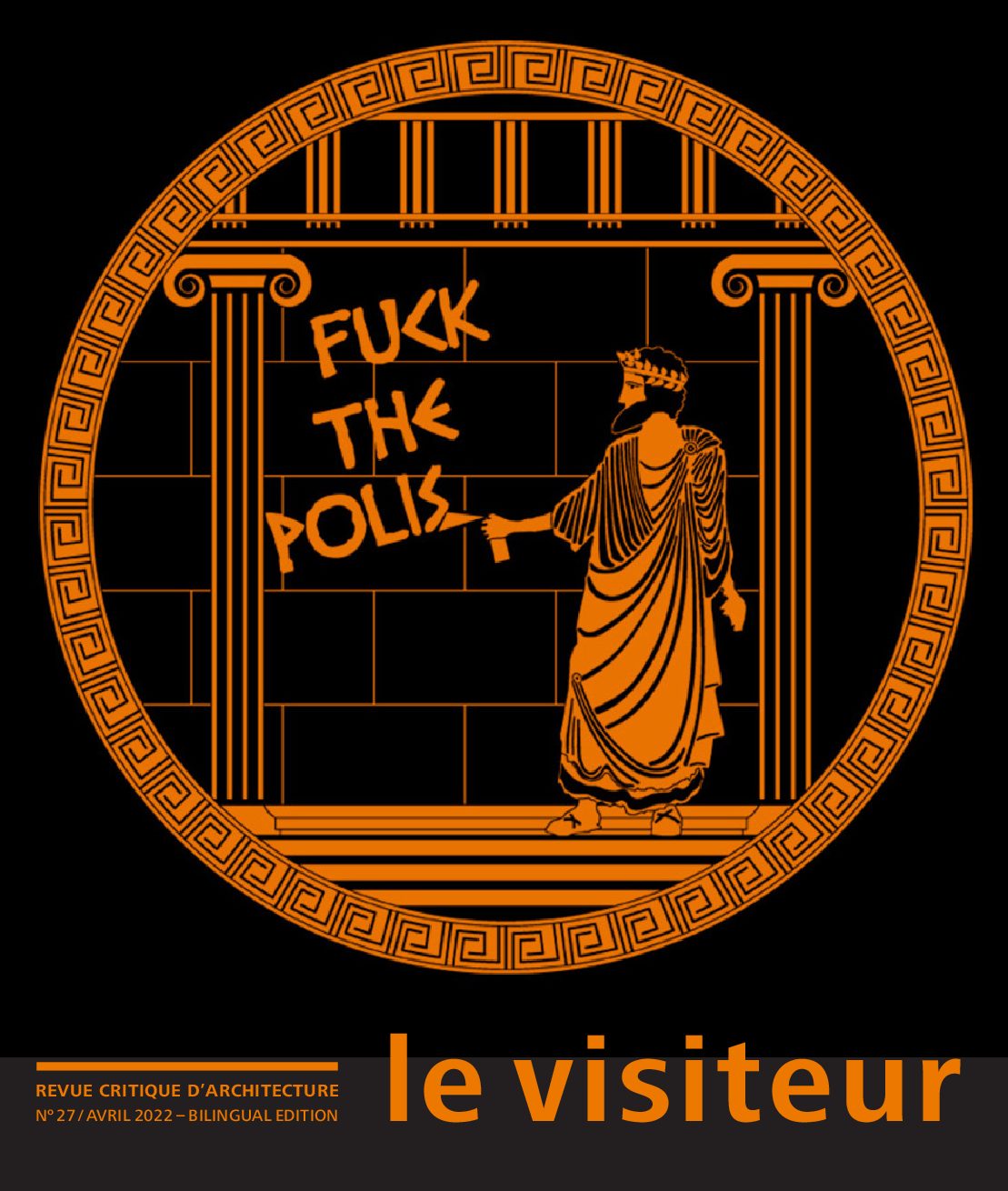
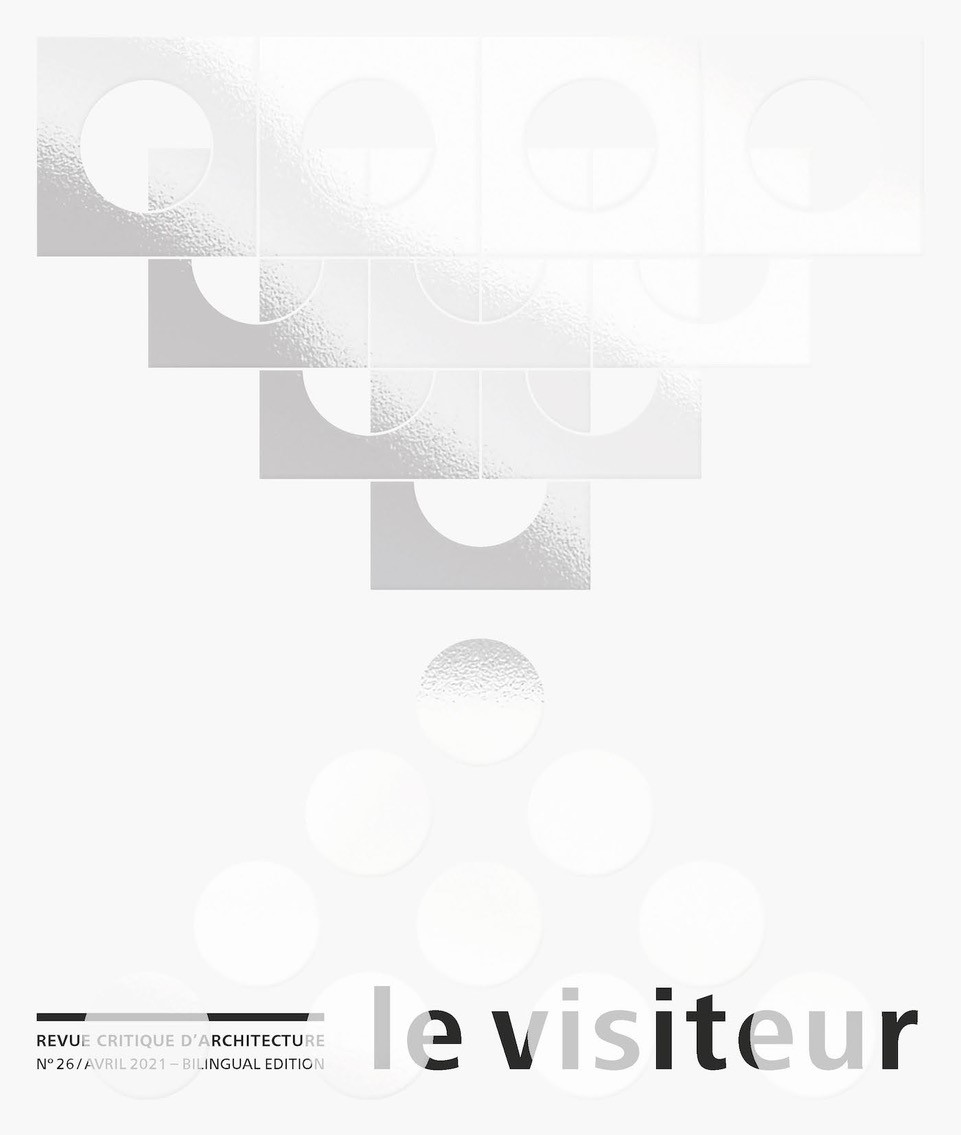
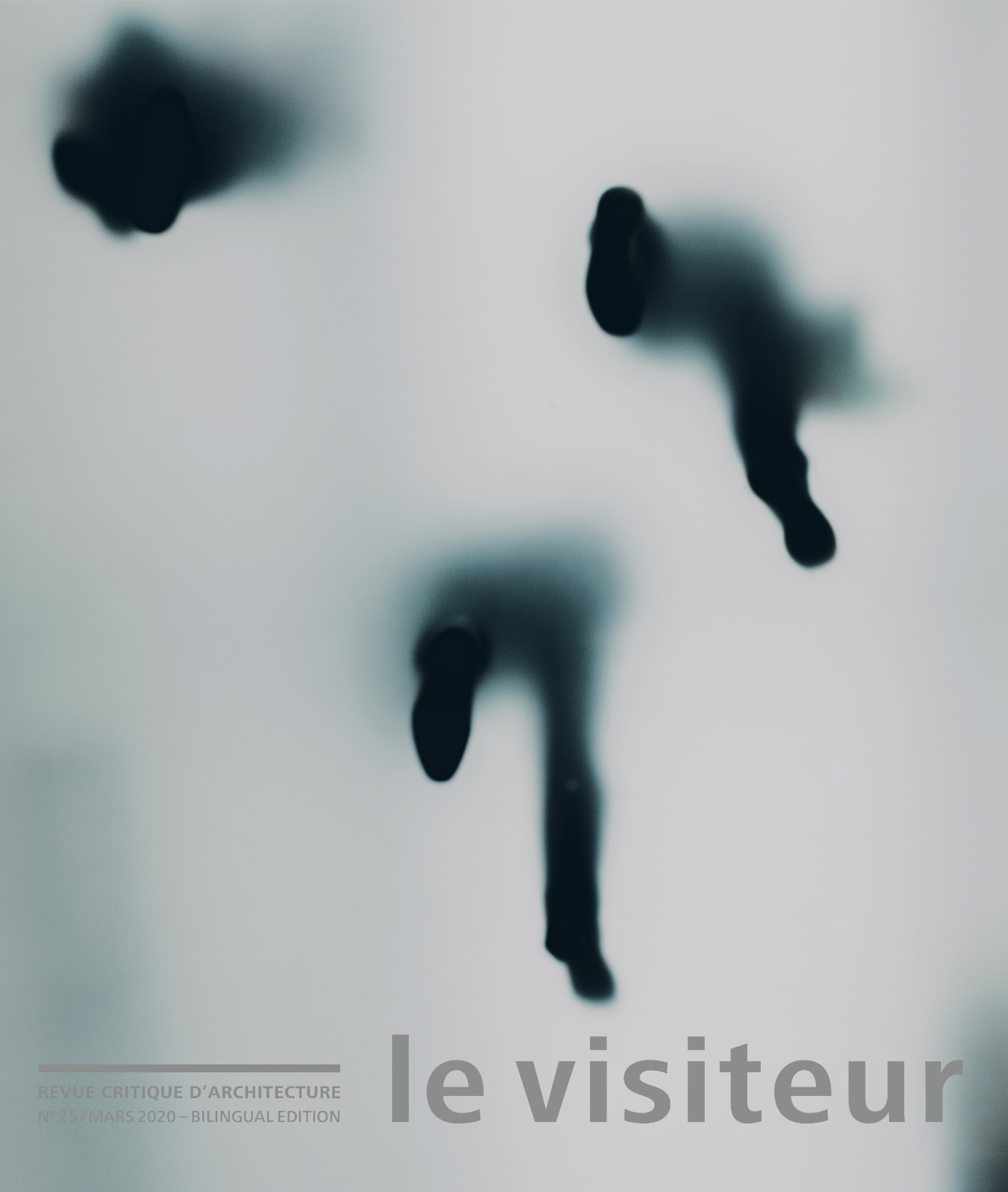
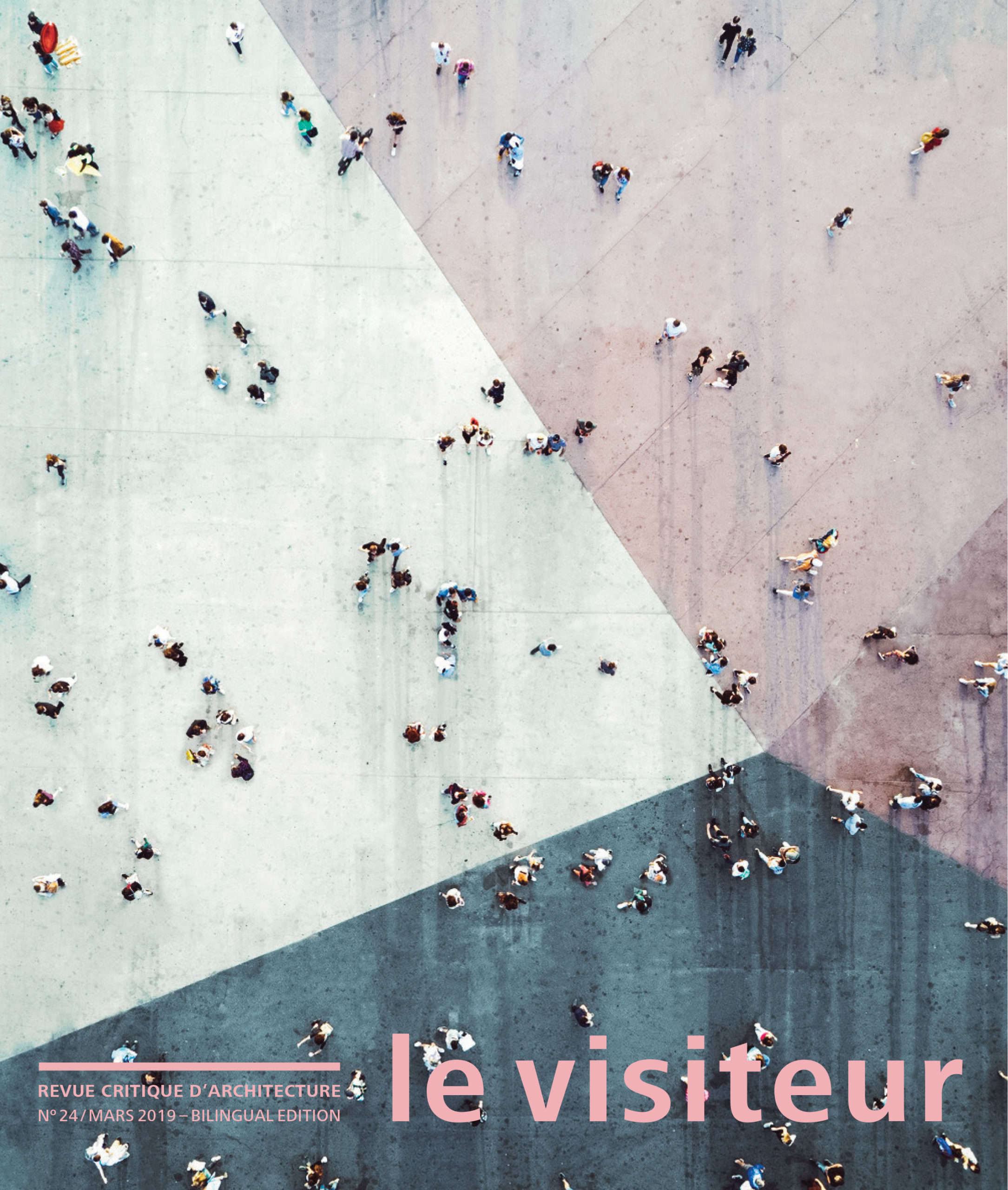

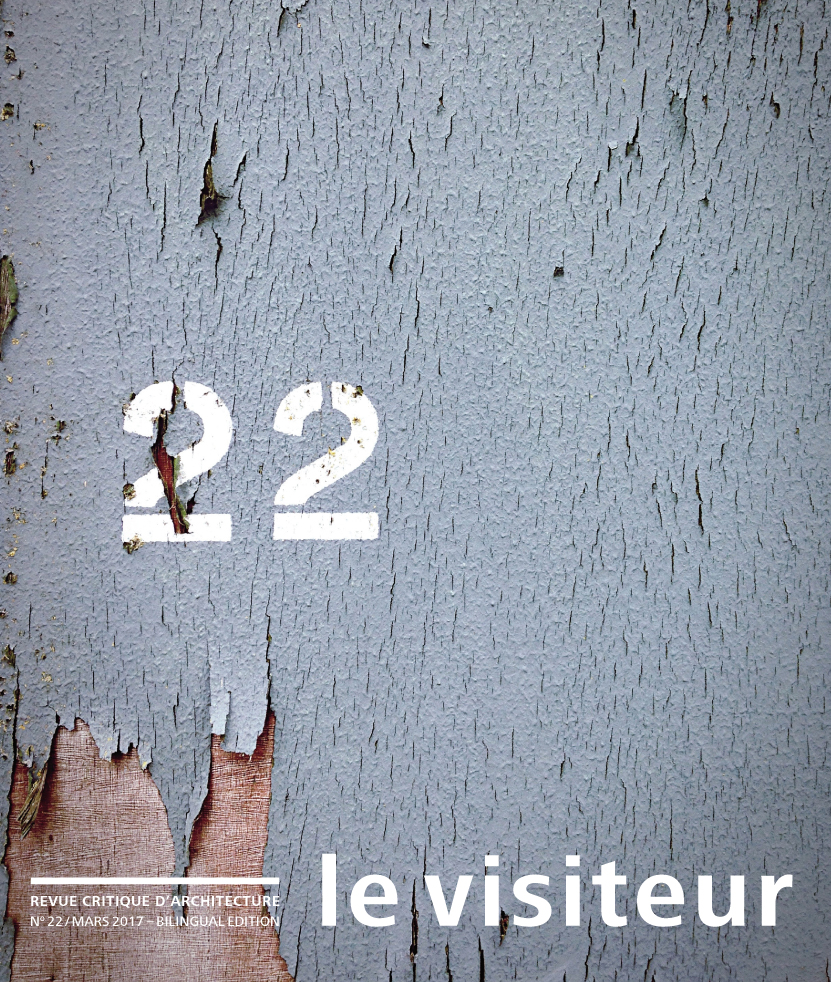

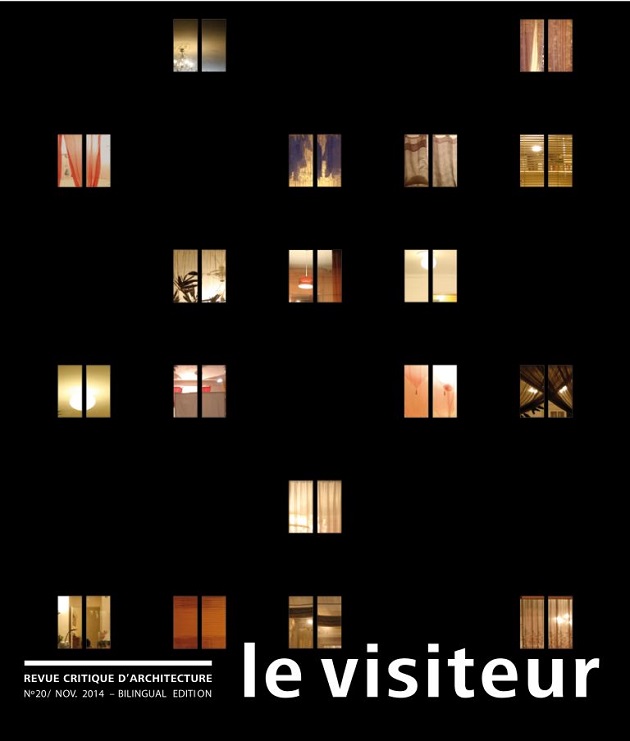
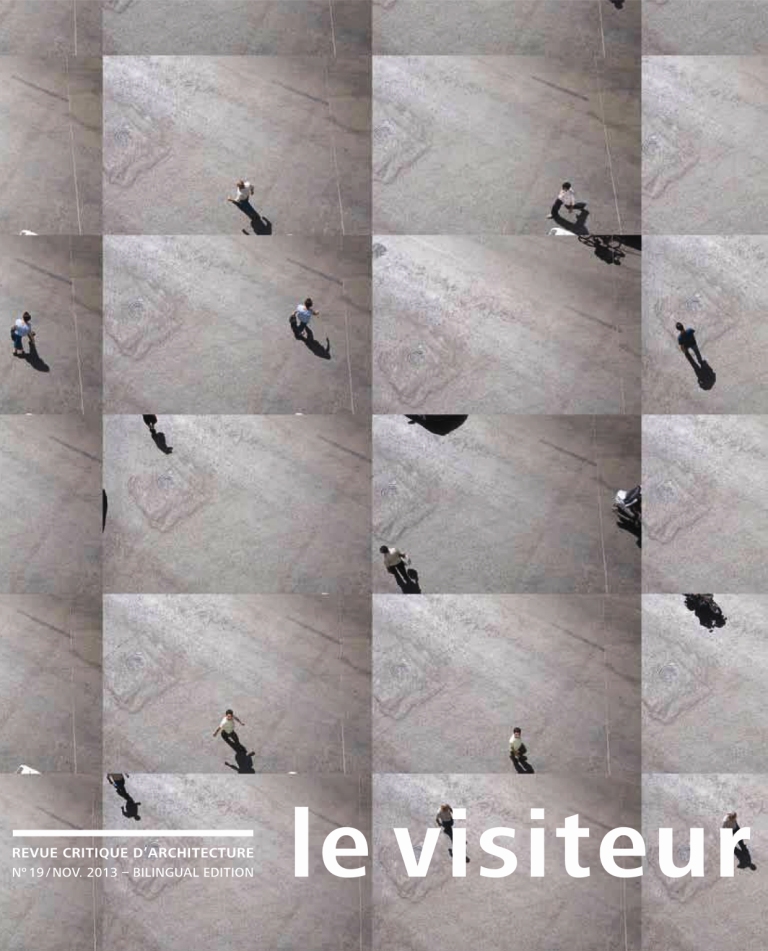

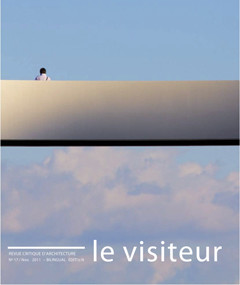

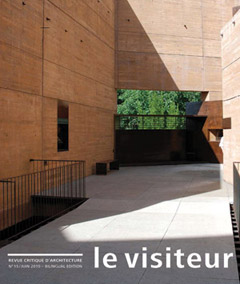
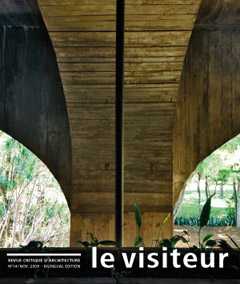
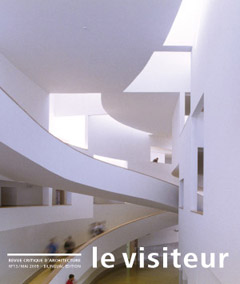
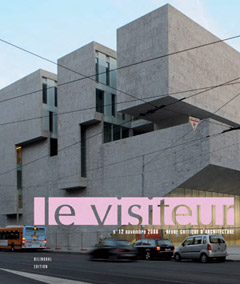


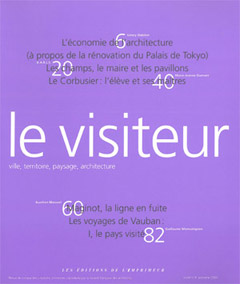
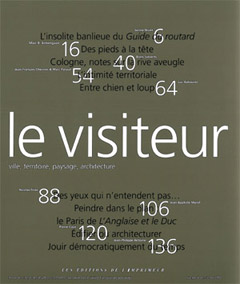







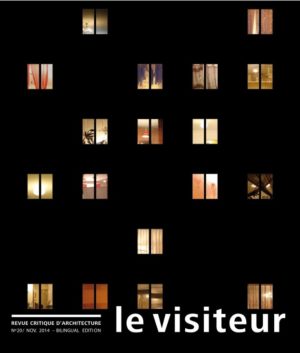
Reviews
There are no reviews yet.